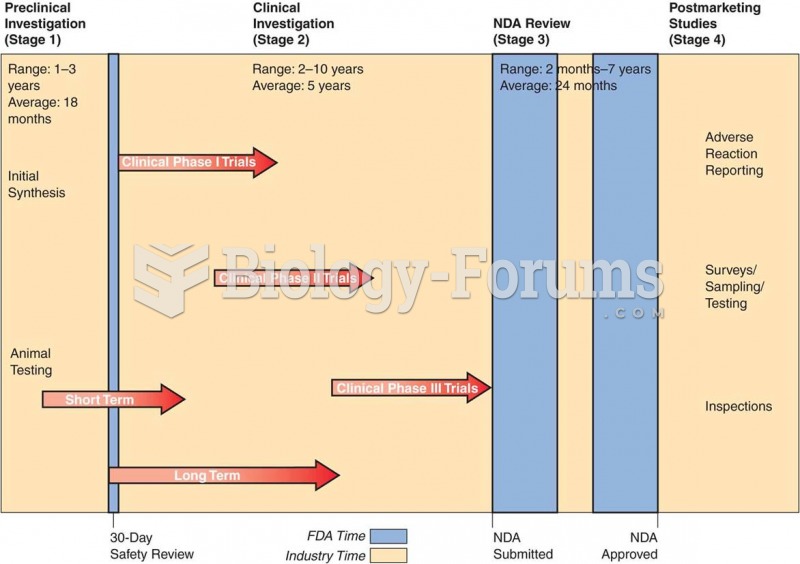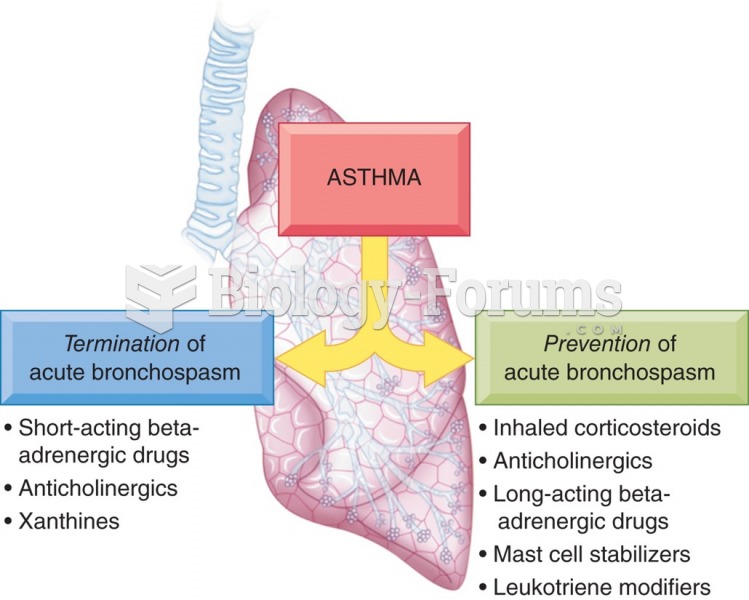Answer to Question 1
Answer: Since 1985, the DEA has used a tactic that has since been called a drug courier profile (known as Operation Pipeline). Basically, it involves agents observing suspected drug traffickers and developing a pattern of behavior typical of those who use commercial airlines or public highways for drug trafficking. Airport detentions have now expanded to the highways, where the DEA's Operation Pipeline identifies vehicles and their occupants who seem to fit a certain set of criteria common to those who transport drugs or drug money across the country. Because of the increasingly high profits of the drug trade, the practice of asset forfeiture has become an essential tool in drug control. Generally, the theory behind asset forfeiture is to take the profit out of illicit drug sales by seizing money or property that was either used to facilitate a drug crime or acquired with illicit drug revenues. Today, in addition to federal forfeiture laws, most state laws also provide for seizure of assets in drug cases. Although federal seizure laws have been used effectively since the late 1960s, the locus for forfeiture on the federal level is now the 1984 Comprehensive Crime Control Act (CCCA), which provides a revised civil provision for asset forfeiture.
Answer to Question 2
Answer: Mexican drug-trafficking gangs use street and prison gang members in Mexico, Texas, and California to protect smuggling routes, collect debts, transport illicit goods, including drugs and weapons, and execute rival traffickers. Mexican syndicates still cling to the excessive use of violence as a means of control. The use of such U.S. gangs has made it difficult for police to identify the managers of Mexican drug operations. Of the many drug cartels operating in Mexico, the most prominent are the Gulf, Sinaloa, Jurez, and Tijuana cartels. U.S.-based gangs, Mexican drug gangs, and other criminal organizations in both the United States and Mexico are taking advantage of this fluid region and make enormous profit by establishing wide-reaching drug networks; assisting in the smuggling of drugs, arms, and illegal immigrants; and serving as enforcers for Mexican drug trafficking interests on the U.S. side of the border. Drug cartel rivalries employ more aggressive tactics as they attempt to assert control over the Southwest border region and its highly lucrative drug-trafficking corridors. Although the majority of the violence from feuding drug cartels occurs in Mexico, Mexican drug cartel activity has fueled crime in the U.S.-Southwest border region, where easy access to weapons, a high demand for drugs, ample opportunity for law enforcement corruption, and a large Hispanic population ripe for recruitment and exploitation exist. Hispanic prison gangs along the Southwest border region are strengthening their ties with Mexican drug gangs to acquire wholesale quantities of drugs. The violence in Mexico can be organized into three broad categories: intra-cartel violence that occurs among and between members of the same criminal syndicate, intercartel violence that occurs between rival groups, and cartel versus-government violence. It is important to note that intra- and inter-cartel violence have always been associated with the Mexican drug trade. Violence practiced by Mexican traffickers operating in the United States: drug gangs are inherently violent, and nowhere is this more true than in Mexico. The intimidation of public and police officials through violence or the threat of violence has a more insidious side. Not all corruption is a clear-cut, money-for-cooperation, negotiation: the intimidation of officials, threats against their lives or their families' lives, is a much more widespread and effective tactic, and likely accounts for the plurality of corrupt law enforcement officials in Mexico.







